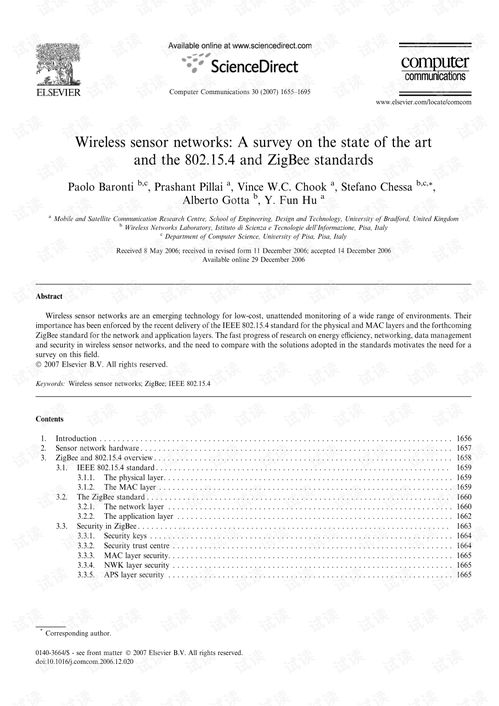Survey: A Comprehensive Overview
Have you ever wondered what a survey is and how it works? Surveys are a powerful tool used by researchers, businesses, and individuals to gather information and opinions from a targeted group of people. In this article, we will delve into the various aspects of surveys, from their purpose and types to the methods used to conduct them and the importance of analyzing the data collected.
Understanding the Purpose of Surveys

Surveys are designed to collect data on a specific topic or issue. They can be used to gather opinions, measure satisfaction, assess trends, or even predict future outcomes. The primary purpose of a survey is to provide valuable insights that can be used to make informed decisions.
For example, a business might conduct a customer satisfaction survey to understand how well their products or services are performing. A researcher might use a survey to gather data on public opinion on a particular political issue. In both cases, the survey serves as a means to gather information that can be used to improve or influence outcomes.
Types of Surveys

There are several types of surveys, each with its own unique characteristics and applications. Here are some of the most common types:
- Online Surveys: These surveys are conducted over the internet and can reach a wide audience. They are often used for market research, customer feedback, and political polling.
- Phone Surveys: Phone surveys involve calling individuals and asking them questions. They can be more personal and provide richer data, but they can also be more expensive and time-consuming.
- Mail Surveys: Mail surveys are sent to individuals via postal mail. They can reach a broad demographic, but they may have lower response rates compared to other methods.
- Face-to-Face Surveys: These surveys are conducted in person and can provide detailed and nuanced responses. However, they can be expensive and time-consuming.
Methods Used to Conduct Surveys

There are several methods used to conduct surveys, each with its own advantages and disadvantages. Here are some of the most common methods:
- Probability Sampling: This method involves randomly selecting participants from a larger population. It ensures that the sample is representative of the population, but it can be expensive and time-consuming.
- Non-Probability Sampling: This method involves selecting participants based on convenience or other non-random criteria. It is less expensive and time-consuming, but the sample may not be representative of the population.
- Qualitative Research: This method involves collecting and analyzing non-numerical data, such as interviews and focus groups. It is useful for exploring complex issues and understanding people’s perspectives.
- Quantitative Research: This method involves collecting and analyzing numerical data, such as survey responses. It is useful for testing hypotheses and making predictions.
The Importance of Analyzing Survey Data
Once a survey is conducted, the data collected must be analyzed to extract meaningful insights. This involves several steps, including:
- Data Cleaning: This involves identifying and correcting errors in the data, such as missing responses or incorrect answers.
- Interpreting the Results: This involves making sense of the data and drawing conclusions based on the findings.
Data Analysis: This involves using statistical methods to analyze the data and identify patterns, trends, and relationships.
By analyzing survey data, researchers and businesses can gain valuable insights into their target audience, make informed decisions, and improve their products or services.
Challenges and Limitations of Surveys
While surveys are a powerful tool, they also come with challenges and limitations. Some of the most common challenges include:
- Response Bias: This occurs when participants provide inaccurate or misleading information due to their own biases or the way the questions are phrased.
- Non-Response Bias: This occurs when certain groups of people are less likely to respond to a survey, leading to a non-representative sample.
- Sample Size: A small sample size can lead to unreliable results, while a large sample size can be expensive and time-consuming.
Despite these challenges, surveys remain a valuable tool for gathering information and insights. By understanding the limitations and taking steps to mitigate




